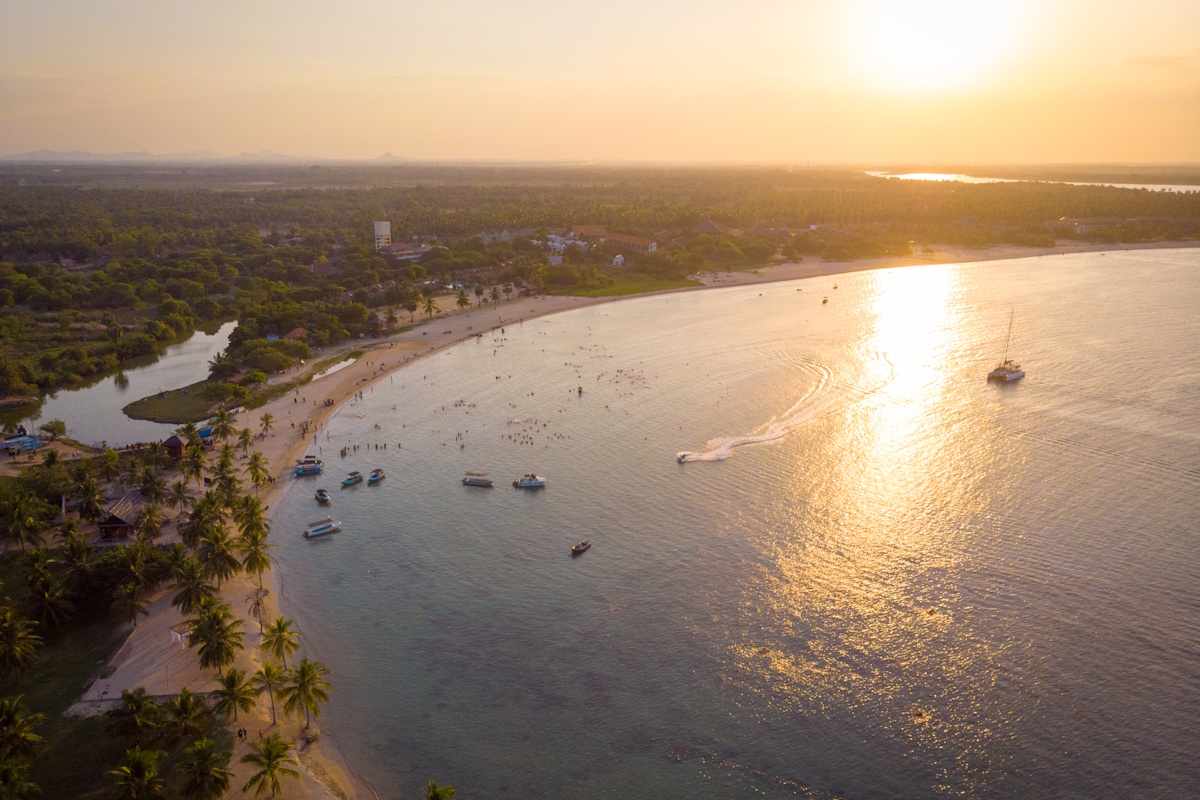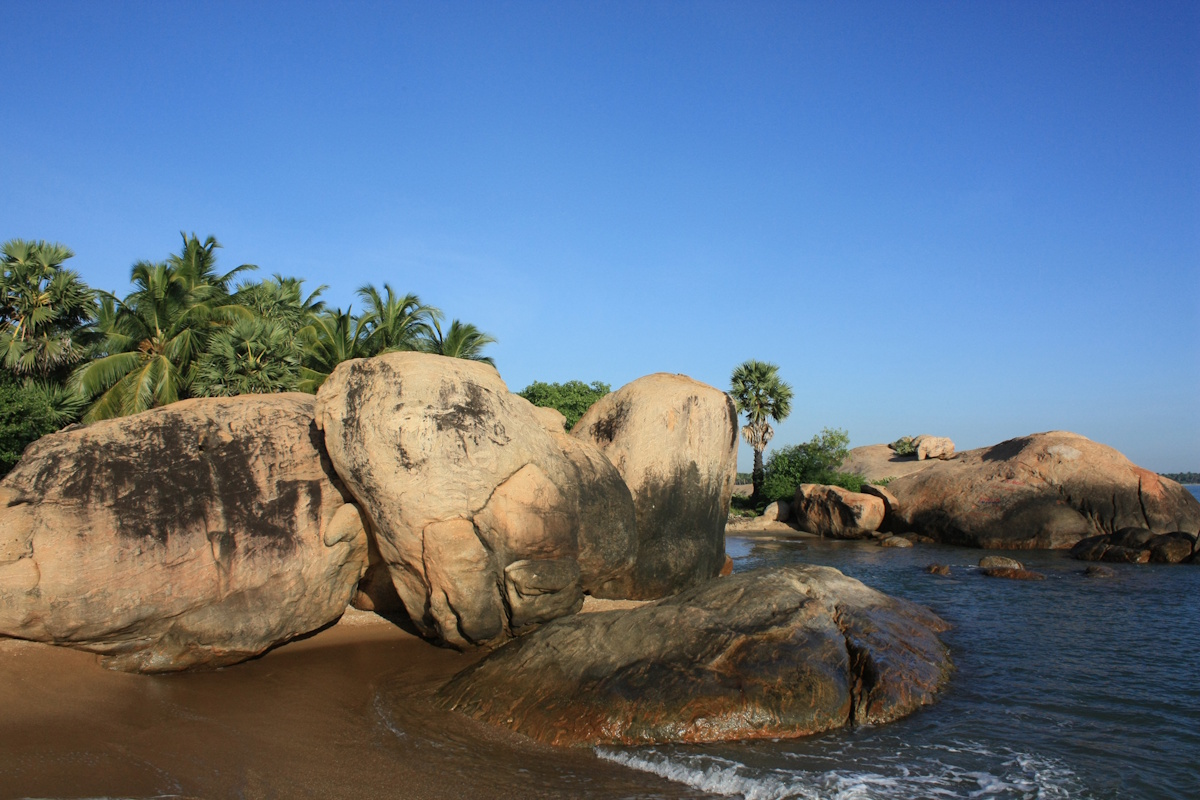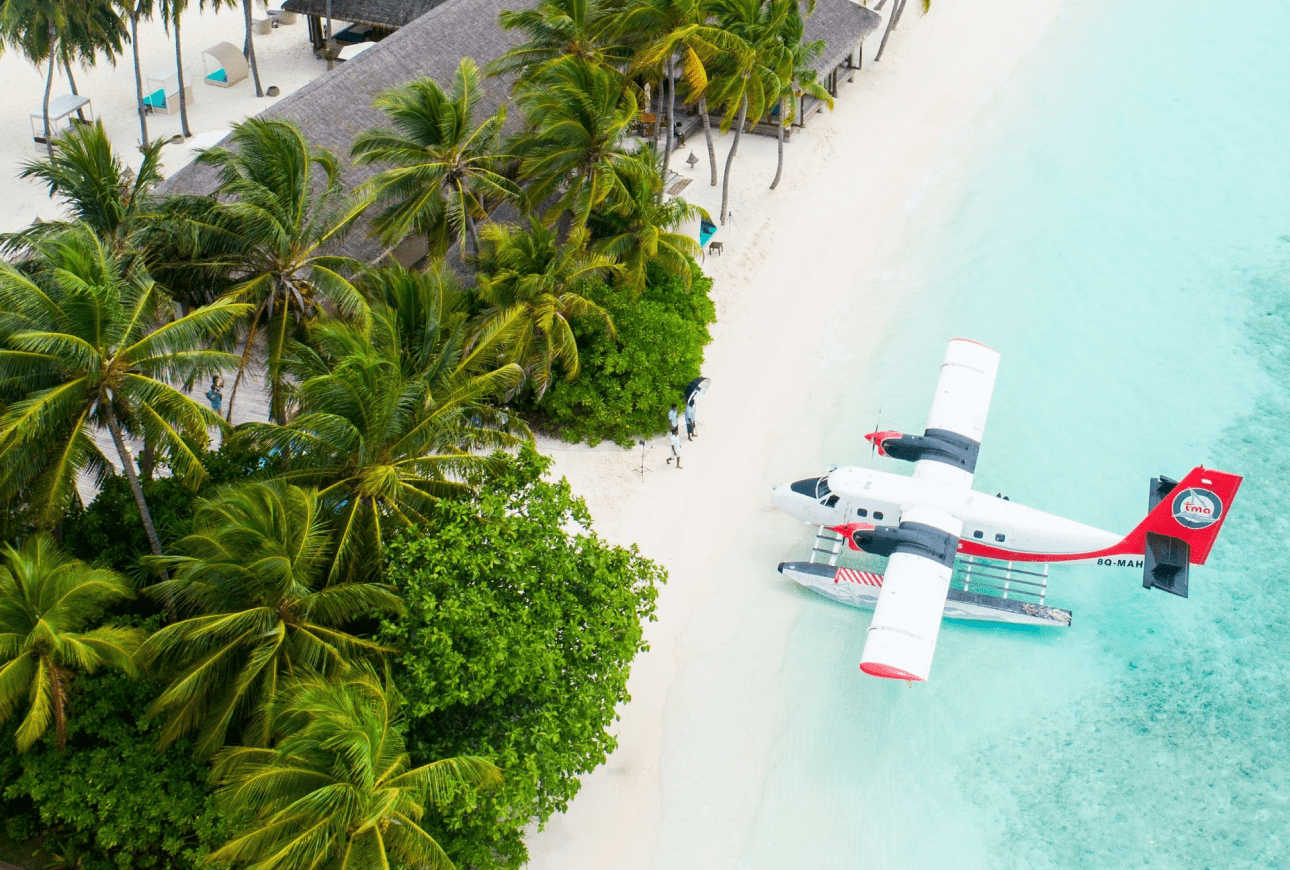Pasikudah has become a popular tourist destination amongst locals and foreigners alike. This is because Pasikudah is known to have one of the longest stretches of shallow coastline in the world. In other words, people walk kilometers into the sea because the water is only a few inches deep and the current is relatively weak compared to the rest of Sri Lanka’s coasts, which makes it a paradise for sea bathers and waders.




Pasikudah, situated on the east coast near Batticaloa, has a history rooted in agriculture and fishing, with limited colonial intervention compared to other parts of Sri Lanka.
Though not a major ancient port, the region was part of Tamil-dominated territories with rich traditions and strong community bonds.
It remained relatively isolated during the colonial and early post-independence periods.
Post-War Development: The Sri Lankan government designated Pasikudah as a tourism-focused zone in post-conflict rebuilding.
Unusually Calm Waters: Its shallow, lagoon-like sea was ideal for safe swimming, especially for families.
Luxury Beach Resorts: Government and private investment led to high-end beachfront hotels.
East Coast Renaissance: Pasikudah became symbolic of the resurgence of the eastern coast.
Pasikudah is now a rising star among Sri Lanka’s beach destinations, offering a luxurious yet peaceful seaside escape:
Known for its shallow reef-protected bay, you can wade out hundreds of meters into the sea.
It features upscale resorts, sustainability-focused developments, and pristine, swimmable waters.
Geography: Broad, shallow bay protected by coral reefs, with fine sand and lush coconut palms.
Climate: Driest and most tourist-friendly from May to September; ideal beach weather.
Pasikudah Bay – Calm, swimmable waters stretching out to the reef.
Snorkeling & Diving – Shallow coral gardens with diverse marine life.
Batticaloa Lagoon Excursions – Canoe tours and birdwatching near mangroves.
Kalkudah Beach – A nearby quieter beach ideal for solitude and long walks.
Coral Reef Tours – Local guides offer snorkeling at preserved reef spots.
Jet Skiing and Water Sports – High-adrenaline fun in a safe, wave-free zone.
Batticaloa Dutch Fort – Explore colonial history just an hour away.
Kayankerni Shipwreck – Popular dive site just offshore.
Ayurvedic Spa Treatments – Relaxing coastal wellness services.
Beachfront Dining – Enjoy seafood BBQs and local delicacies by the sea.

Subscribe to see secret deals prices drop the moment you sign up!